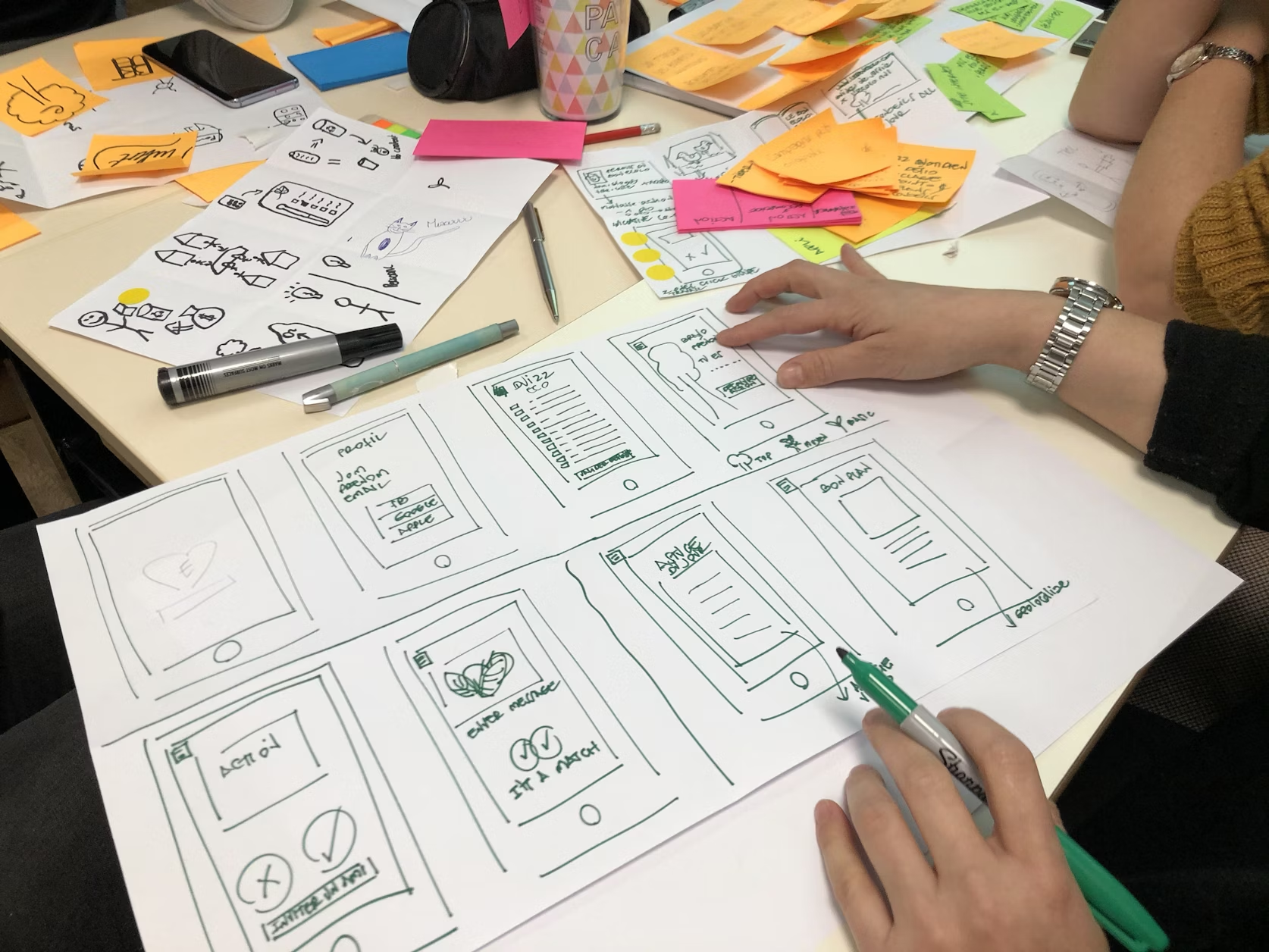
A Creative’s Guide to Turning First Impressions into Long-Term Clients
in Business on October 27, 2025As a creative professional, your first interaction with a client sets the stage for everything that follows. Whether you’re a designer, brand strategist, or part of an agency, those first moments matter. How you manage them often determines if a client stays short-term or becomes a loyal partner. It’s not just about showcasing talent or a beautiful portfolio. Clients remember how they felt in that first conversation, how clear your process seemed, and how smooth the experience was. When your onboarding and communication feel effortless, it signals professionalism and reliability. Turning first impressions into lasting relationships takes more than charm. It’s about systems, structure, and intention behind every client interaction.
Audit Your Initial Touchpoints
Your first impression starts long before a meeting or project kickoff. It begins the moment a potential client visits your website, fills out a form, or sends you that first inquiry. These early touchpoints shape what clients believe about your professionalism. Many creatives underestimate the impact of this stage. A 2023 Wripple and MDRG report found that nearly 40% of freelancers struggle with unclear project scopes. 63% say operational issues often make client relationships difficult. These figures highlight how disorganized first interactions can damage trust before a project even begins.
Start by mapping your client journey. Review every step: your website contact form, your first email reply, your meeting preparations, and the questions you ask in discovery calls. If any of these steps cause friction or confusion, fix them. Ensure your pitch, tone, and imagery are consistent across all platforms. When clients experience a streamlined and polished flow, it reassures them that you’re organized and reliable. Once your first impression is consistent across all touchpoints, translate that professionalism into a seamless onboarding process.
Onboarding Workflows That Convert Interest Into Trust and Long-Term Relationships
Once a client says “yes,” onboarding begins. A structured onboarding process builds trust faster than any pitch or proposal. Many creatives still manage projects through scattered emails or manual checklists. This often leads to confusion and missed details. To overcome this challenge, look to other industries, like law firms, that use tools such as client intake software to organize client information efficiently. According to Law Ruler, law firms use this software to streamline operations, remove redundancies, and deliver a more personalized client experience. Although designed for legal teams, its core principles, organization, automation, and timely follow-up can benefit any service-based business.
Creatives can apply these same ideas to design a more reliable onboarding process. By reducing manual tasks and duplicate data entry, you improve accuracy and save time. This is vital as clients promptly form opinions about your professionalism. University of Cincinnati research shows that people form first impressions within ten seconds. These early cues heavily determine long-term trust and decision-making.
Having a clear introduction to your services, aka a “teaser” statement, improves client confidence from the outset. Set expectations early by explaining how feedback works, when you’ll check in, and what deliverables they can expect first. These small details make clients feel valued and informed. In turn, they’re more likely to trust your process and become long-term partners.
Designing the Experience That Keeps Clients Coming Back
After onboarding, your job shifts to nurturing the relationship. Clients who stay long-term usually do so because they feel seen, heard, and supported, not just served. Entrepreneur.com highlights that lasting client partnerships thrive on trust, shared goals, and transparency. Businesses build stronger bonds when they align values, communicate openly, and treat clients as equal partners. These practices help create accountability and a shared sense of progress, ensuring collaboration remains productive and balanced over time.
For creatives, that means moving beyond one-off deliverables. Share your strategy, explain how your design choices will help achieve their goals, and keep them updated on progress. Schedule regular check-ins, not just to review work, but to discuss results and next steps. This proactive communication builds credibility and shows that you care about their success. If you run a small studio, create simple systems, such as quarterly “value reviews” or design roadmaps, to measure and showcase client outcomes. When clients can see the tangible value you bring, they become more likely to return for future projects.
Guarding Your Process So Your First Impression Lasts
Many creatives start strong but lose consistency over time. As your client list grows, maintaining the same level of attention can get challenging. Yet, process consistency is what keeps your first impression alive beyond the first year. Set clear internal systems. Use templates for proposals, project briefs, and feedback requests.
Automate reminders for key milestones or deliverable reviews. Document what worked well in past projects, and reuse those frameworks to stay efficient. The Leapers 2024 Research Report found that 71.9% of freelancers experience loneliness, and 45% report burnout or mental fatigue. Much of this comes from poor structure and unpredictable workloads. A consistent client process improves relationships and protects your mental bandwidth.
Building a clear workflow also helps you scale your creative business sustainably. When processes are documented, training new team members becomes easier. It also ensures clients receive the same quality experience every time, regardless of who handles the project. A stable process creates repeatable success, keeping your workflow organized, communication clear, and clients satisfied. In the long run, this stability helps you maintain strong relationships without feeling overwhelmed.
People Also Ask
1. What key information should creatives collect during client onboarding?
During onboarding, gather detailed goals, timelines, budgets, and decision-makers’ names. Include brand guidelines, past project insights, and client pain points. This helps you anticipate needs and tailor your creative approach. A clear intake process ensures smoother collaboration, fewer revisions, and faster trust-building between you and your client.
2. How often should creatives schedule check-ins to maintain long-term client relationships?
Scheduling structured check-ins every one to three months strengthens collaboration. These sessions let you review outcomes, clarify goals, and share updates on new ideas or strategies. Regular communication builds transparency, reduces misunderstandings, and reinforces your agency’s reliability. These are key factors that help clients stay engaged and renew future projects.
3. Can a standardized process improve repeat business for design-led studios?
Yes. A standardized process ensures every client receives the same quality experience. When you use consistent templates, project workflows, and automated updates, clients feel secure and well-supported. This consistency not only saves time but also enhances client satisfaction, resulting in repeat business and stronger long-term relationships.
Building long-term client relationships isn’t about luck or personality. It’s about structure, consistency, and thoughtful communication at every step. When you refine your touchpoints, improve onboarding, and maintain process discipline, your creative business becomes easier to trust and work with.
The more seamless your client experience feels, the more likely clients are to return and refer others. First impressions open the door, but how you manage that relationship determines whether it stays open. In the creative industry, reliability is your strongest form of reputation, and that’s what turns projects into partnerships.























